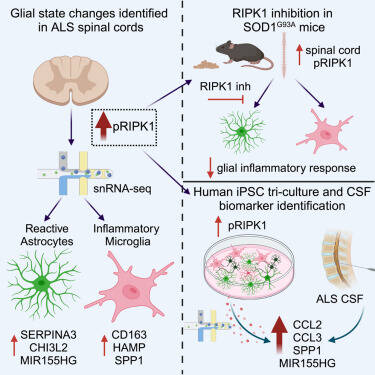Adam P. Jones and al.
Type II neurofibromatosis, also known as NF2-related schwannomatosis, is a rare disease characterised by the growth of multiple nervous system neoplasms, including bilateral vestibular schwannoma (VS). VS tumours are characterised by extensive leucocyte infiltration. However, the immunological landscape in VS and the spatial determinants within the tumour microenvironment that shape the trajectory of disease are presently unknown. In this study, to elucidate the complex immunological networks across VS, the authors performed imaging mass cytometry (IMC) on clinically annotated VS samples from NF2 SWN patients. This study reveals the heterogeneity in neoplastic cell, myeloid cell and T cell populations that co-exist within VS in distinct histomorphic niches. Together, the results point to niche-dependent modes of T-cell regulation in NF2 SWN VS, indicating the potential for microenvironment-altering therapies for VS.




